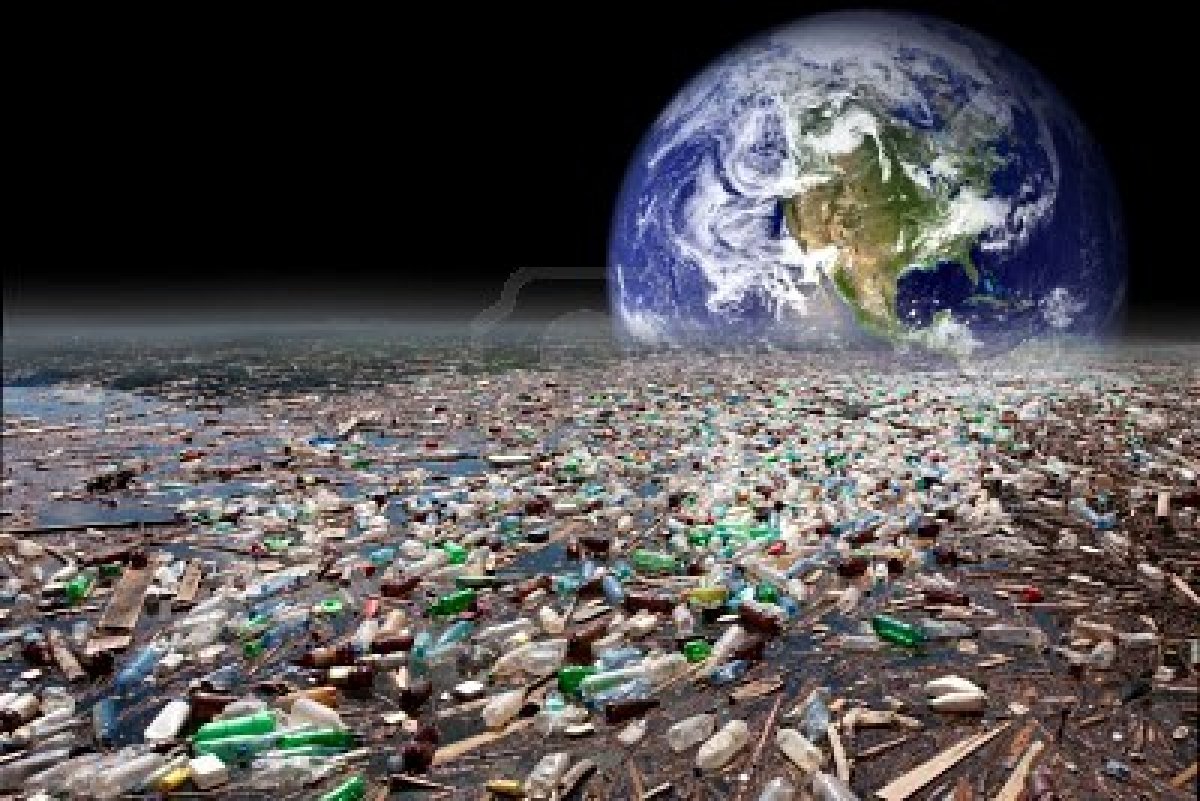
Scientists have harnessed liquid metals to turn carbon dioxide back into solid coal, in research that offers an alternative pathway for safely and permanently removing the greenhouse gas from our atmosphere.

Average concentrations of carbon dioxide hit new highs of 405.5 parts per million (ppm) in 2017, up from 403.3 ppm in 2016 and 400.1 ppm in 2015, levels not seen for millions of years.

According to the latest study by the Norwegian researchers - Seoul (South Korea), Guangzhou (China) and New York City leads the world in its global carbon footprint.

Scientists have discovered that increased levels of atmospheric carbon dioxide may lead to lesser amounts of nutrients, such as essential B vitamins, in rice.

18-year-old Ethan Novek's carbon dioxide (CO2) capture technology stands out from the rest because it could capture CO2 at about $10 per metric ton – around 85 percent less than the industry standard.

Over the last 800,000 years, pre-industrial atmospheric CO2 content remained below 280 ppm, but it has now risen to the 2016 global average of 403.3 ppm.

Study finds large amounts of carbon dioxide, equivalent to yearly U.K. emissions, remain in surface waters.

A company has unveiled the world’s first Direct Air Capture (DAC) commercial plant on top of a waste recovery facility in Zurich, Switzerland.

Carbon dioxide isn't the only one that matters, and the gases vary widely in potency and duration.

With atmospheric carbon dioxide concentrations having reached 400 ppm 2015 and with no signs of them abating in 2016 the World Meteorological Organization (WMO) said that "a new era of climate change reality" is upon us.

If scientists can figure out how to convert atmospheric carbon dioxide into fuel - and do it at an industrial scale - it would, quite literally, change the world.

Scientists have engineered a bacterium that can take carbon dioxide from the air and turn it into fuel in a single enzymatic step.

A novel way to make plastic from carbon dioxide (CO2) and inedible plant material could provide a low-carbon alternative to plastic bottles.